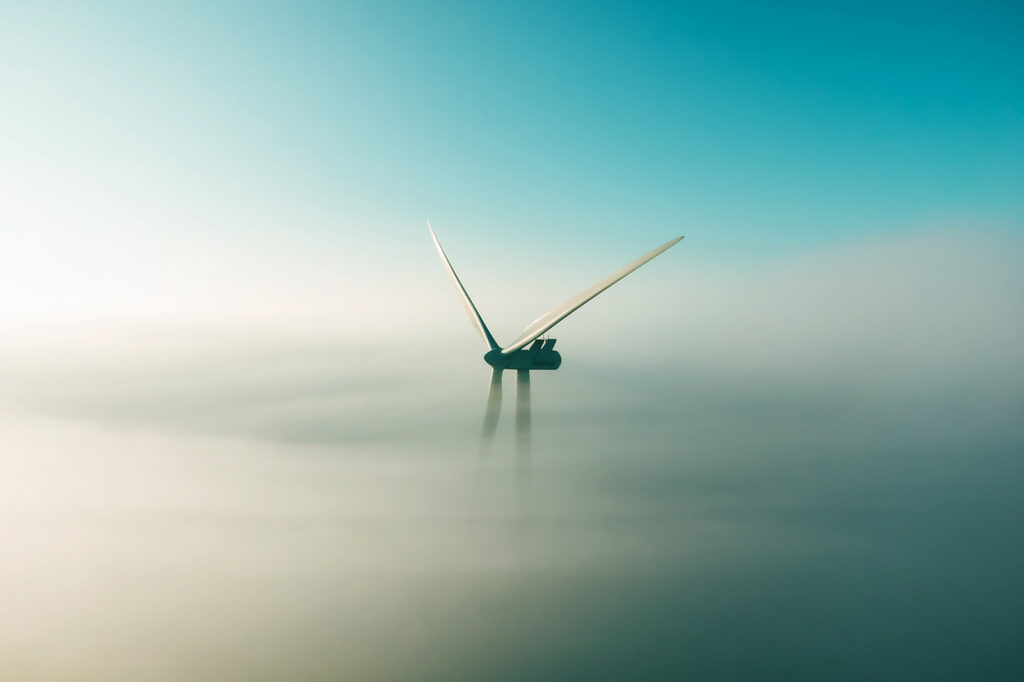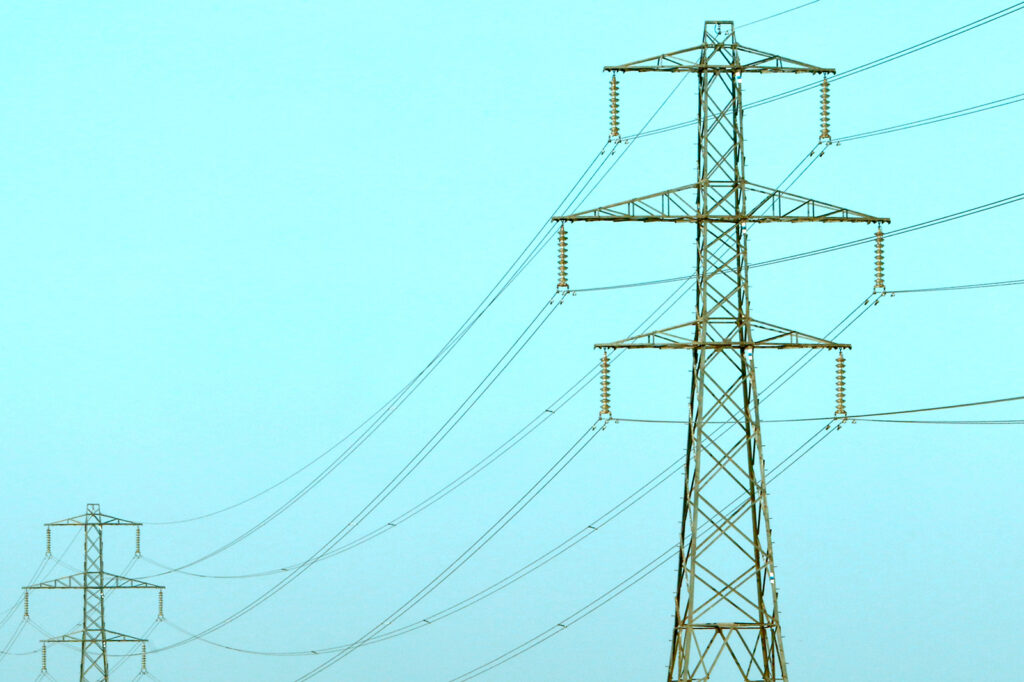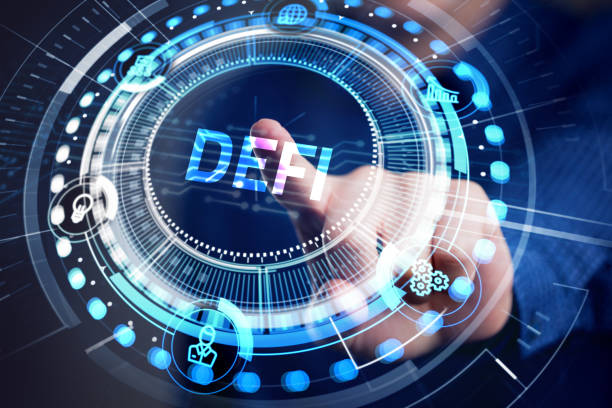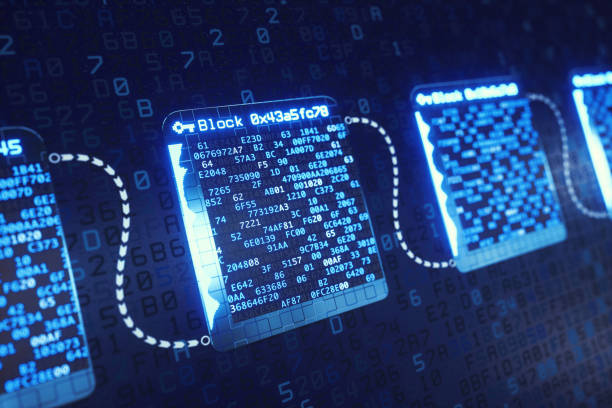Running on Water
Hydropower plants use the hydrologic cycle to convert potential energy from flowing water into electrical energy. In addition to being environmentally conscious and sustainable, hydropower is able to accommodate rapid changes in demand more swiftly than coal or natural gas, making it a flexible generation source. It also works in conjunction with other renewable resources, such as wind power.
At MitiGas, we’re committed to developing hydro projects whenever possible. For example, in Hawaii’s Wailuku hydroelectric facility, MitiGAS has the capacity to produce up to 10 megawatts of cost-effective, reliable, noncarbon energy. MitiGas renewables’ Casecnan project – a hydroelectric facility located in the Philippines – uses nonpolluting, renewable, indigenous hydroelectric sources both to generate energy and for agricultural purposes.
RENEWABLE GENERATION*
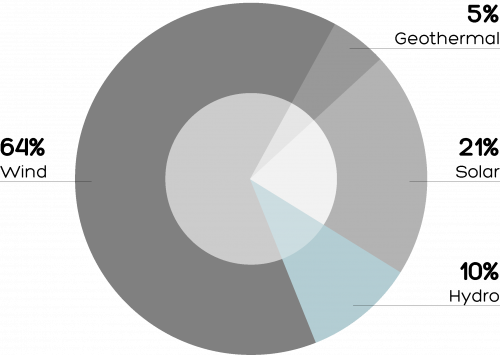
*Owned and contracted megawatts from renewable sources as of December 31, 2020.
Powering Hawaii
At Mitigas Power Wailuku run-of-river hydro project, a massive 60-inch pipeline located 2,000 feet above sea level carries water nearly three miles, transporting it from the Wailuku River diversion all the way to the powerhouse.
Powering the West
MitiGas generates approximately 1,135 megawatts of emission-free hydroelectric energy in five states. In addition to powering households and businesses across the West, these facilities offer public recreation opportunities
Hydroelectric Virtual Tour
Learn how hydroelectric power plants take advantage of a naturally occurring, continuous process that involves the cycling of water through the environment, known as the hydrologic cycle.
